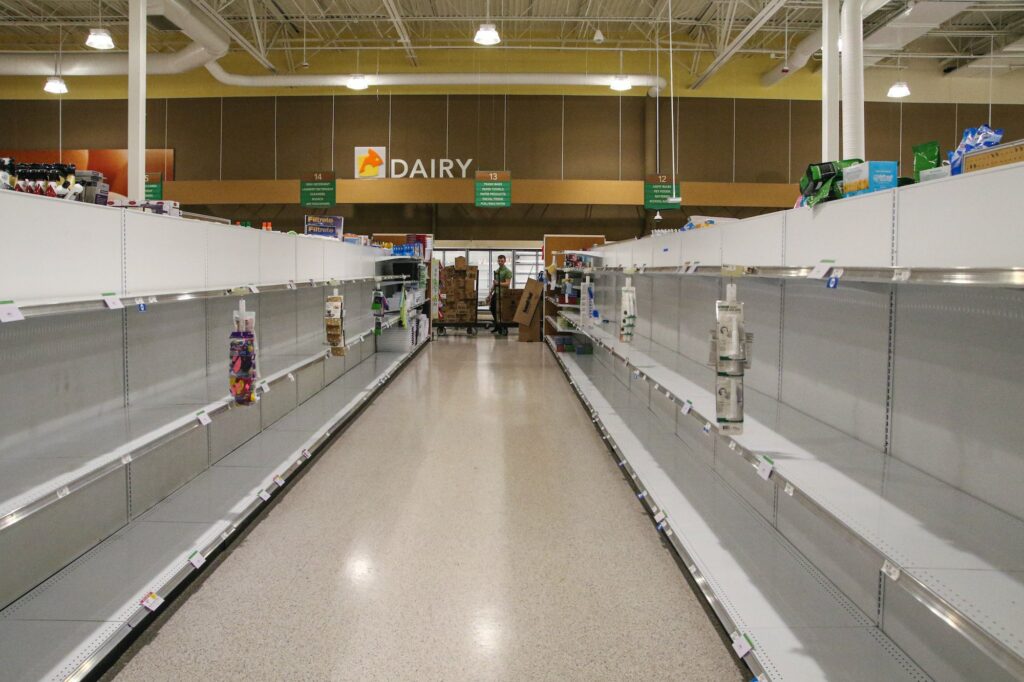The global pandemic disrupted many industries, causing critical raw materials and component shortages. In addition, tariffs, trade wars, and labor shortages have presented costly and often time-consuming challenges for businesses of all sizes. Companies have had to shift strategies and revamp entire business models to remain competitive, and startups have been disproportionately affected due to their smaller scale.
Disruption can be difficult and overwhelming, but it can also provide a powerful opportunity for innovation. With the right strategies and approaches, organizations of all sizes can leverage disruption to their advantage.
Ripple Effects – a Critical Industry Example
One specific area of impact is the electronic component market. Programmable Logic Controllers (PLCs) and controllers are essential in many industries, including manufacturing, robotics, and automation. They’re used to control and monitor the operation of machinery and processes, making them critical to the functioning of many startups.
However, as ongoing events continue to cause significant disruption in the global supply chain, many of these components are in short supply. While demand for electronic components has increased, supply has been impacted by factory shutdowns, shipping delays, and a lack of available raw materials.
The shortage of electronic components disproportionately impacts startups due to their smaller size and lack of bargaining power compared to larger enterprises. Large corporations can leverage their size and relationships with suppliers to secure necessary components, while startups may need help to obtain these components or be forced to pay higher prices.
Innovation in Disruption
To innovate in the face of these supply chain disruptions, startups must adopt a proactive approach to sourcing and managing components. Here are a few considerations:
Design to Availability
While this may sound counterintuitive, it doesn’t mean returning to design technology. It means challenging designers and engineers to envision products that use available alternative components. Innovation often comes from the necessity of a workaround for a problem.
Diversify the Supply Chain
Traditional supply chain strategies utilize a single source with a dependable backup for critical components. By developing relationships with multiple suppliers to diversify their supply chain, companies can expand their supplier pool to find what they need. This method can help ensure a steady supply of components and reduce the risk of delays or price hikes.
Leverage Automation
Components and raw materials aren’t the only things in short supply these days; critical labor shortages threaten many companies’ ability to grow. Companies can reduce their reliance on human workers by focusing on automation, machine learning, robotics, and AI.
Manage Risk
Risk management is a skill many startups and entrepreneurs don’t consider. Overwhelmed by getting their product up and running and meeting demand, there is little time to “game out” critical supply chain issues, material and labor shortages, late deliveries, and rising costs. Leaders should improve communication and collaboration with suppliers. They should build an “advanced warning system” using effective supply chain management software to enable automated communication and end-to-end visibility within their supply network.
Don’t Let Supply Chain Dampen Your Innovation
Innovation is critical to entrepreneurs and startups. While many may know how to innovate, they may need more skills to innovate through extremely tight bottlenecks.
The Henry Bernick Entrepreneurship Centre (HBEC) at Georgian College offers advanced training and assistance in innovation. We have faculty, staff, and programs to help you learn the skills and techniques needed to remain innovative and reach new heights.
Contact us today to learn more.




